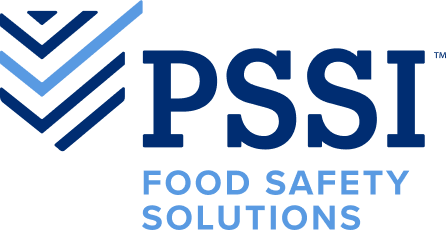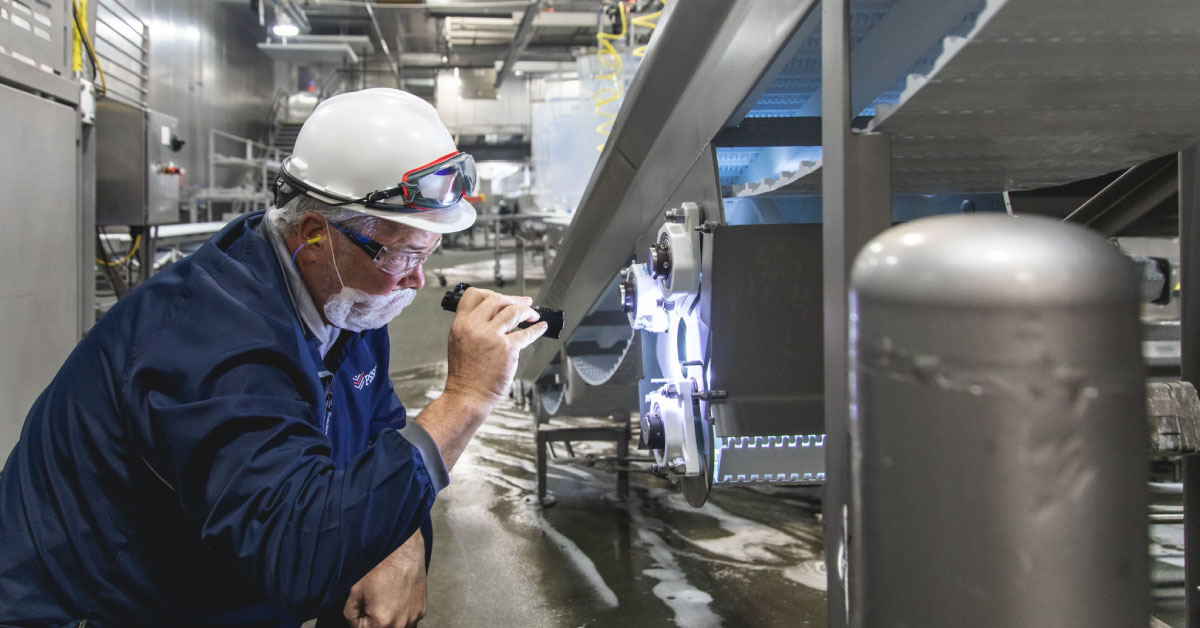In today’s fast-paced food processing industry, ensuring the safety and quality of food products is paramount. Food recalls can have serious consequences not only for consumer health but also for a company’s reputation and bottom line. Fortunately, advancements in cleaning and sanitation processes are playing a crucial role in reducing the risk of food recalls. Let’s explore how food safety sanitation teams are making a difference.
- Enhanced Sanitation Programs: Today, food processing facilities utilize advanced sanitation programs that are tailored to address specific challenges, including the removal of allergens and pathogens. By following validated cleaning procedures that incorporate approved cleaners and sanitizers at precise concentrations, facilities can achieve consistent cleanliness levels. This helps in eliminating microbial contamination and reducing the likelihood of foodborne illnesses, which are common causes of recalls.
- Preventive Maintenance: Sanitation goes beyond just cleaning equipment; it also involves helping with preventive maintenance to ensure that production machinery remains in optimal condition. During sanitation, food safety sanitors can help identify wear and tear on equipment components, reducing the risk of foreign material contamination. By promptly addressing maintenance issues, facilities can mitigate the chances of recalls associated with equipment malfunctions or failures.
- Traceability and Documentation: Effective sanitation systems are built on robust traceability and documentation practices. Every step in the sanitation process is documented, including the type of cleaner used, its concentration, and the duration of the cleaning process. This documentation not only ensures regulatory compliance but also serves as a valuable resource during recall investigations. In the event of a recall, facilities can quickly trace back the sanitation procedures followed, aiding in pinpointing potential sources of contamination.
- Employee Training and Education: Investing in employee training and education is critical for the success of any sanitation program. Today’s cleaning and sanitation systems incorporate comprehensive training modules that educate employees on best practices, safety protocols, and the importance of sanitation in preventing recalls. Well-trained staff are better equipped to adhere to established sanitation procedures, reducing the likelihood of human errors that could lead to recalls.
- Collaboration with Regulatory Agencies: Food facilities are increasingly collaborating with regulatory agencies to stay ahead of emerging sanitation trends and regulatory requirements. By actively engaging with regulators, processors can ensure that their sanitation practices align with industry standards and regulations. This collaborative approach fosters a culture of continuous improvement, driving innovation in cleaning and sanitation systems to further reduce the risk of recalls.
Cleaning and sanitation programs play a vital role in reducing the number of food recalls by ensuring the cleanliness and safety of food production facilities. By embracing advanced sanitation protocols, implementing preventive maintenance measures, maintaining documentation practices, investing in employee training, and collaborating with regulatory agencies, food facilities can mitigate contamination risks and safeguard the integrity of the food supply chain. As we continue to enhance our sanitation programs, it’s important that food manufacturers remain proactive in adopting new best practices to prevent food recalls and uphold consumer trust in the safety and quality of our food products.

